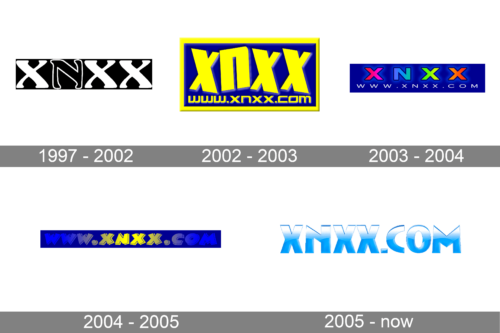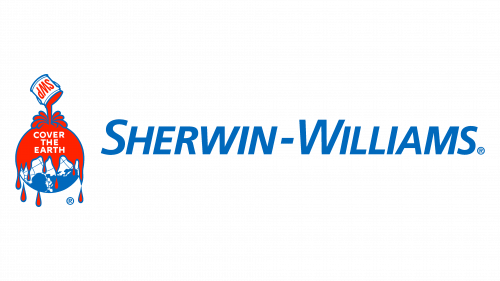
- Version
- Download 59
- File Size 19.88 KB
- File Count 1
- Create Date December 13, 2024
- Last Updated December 13, 2024
The Forbes logo, a familiar sight on the magazine’s cover for decades, has undergone significant changes since the publication’s founding in 1917. Initially, the logo underwent frequent updates, experimenting with different typefaces and styles before settling into the design that many recognize today.
Early Beginnings (1917-1918)
Forbes was founded in the fall of 1917, and the logo used in its first year reflected the popular Art and Crafts movement of the time, featuring decorative letters with intricate swashes. In 1918, the first official logo was introduced. It used a playful yet sophisticated font with elongated and curved lines, which was a departure from typical magazine logos of the era.
1920s Design Evolutions
By 1922, Forbes' logo was refined but still featured some of the original flourishes, albeit less prominent. A more modern version appeared in 1925, with a thinner black outline around the white letters. This made the logo stand out more effectively on different backgrounds. The typeface used was a more elegant, narrower version of the original, with taller letters and smoother yet sharper serifs, giving the design a sophisticated feel.
Strengthening Brand Identity (1930-1934)
In 1930, Forbes transitioned to a bold black inscription, opting for a stable ExtraBold serif typeface. This choice emphasized reliability and professionalism, aligning with the magazine’s growing influence. The logo of 1934 marked a bold departure with its italicized design, which was uncommon for publications of that time. The lowercase "f" in the logo, which appeared like an uppercase letter due to a unique top flourish, became iconic.
Mid-Century Modern Adjustments (1937-1953)
In 1937, Forbes embraced the Futura typeface, customizing it with classic proportions. The “O” in the logo was designed as a perfect circle, becoming a distinctive feature. Over the next decade, the logo saw further experimentation, with variations of modern cursive scripts and sans-serif styles, reflecting the changing graphic design trends of the time.
The 1939 logo, which remained in use for over a decade, featured bold, black stencil serif letters, conveying elegance with slightly elongated lines. In 1953, Forbes redesigned its logo again, opting for a more traditional yet lightweight typeface and emphasizing a larger "F" for uniqueness and recognition.
1960s to 1970s Modernization
In 1966, Forbes revamped the logo using the Univers font with serifs, which was later adjusted to resemble Franklin Gothic by the early 1970s. The 1973-1977 period saw a shift towards bold, sans-serif letters, signaling a more modern approach. However, in 1977, Forbes briefly adopted a simpler sans-serif font, which was quickly replaced after just a year due to its lack of distinction.
The 1978 Redesign: A New Era
The 1978 redesign is the version we are most familiar with today. The bold serif typeface combines smooth, rounded elements with sharp ends, giving the logo a chic yet stable and progressive look. This design solidified Forbes’ brand identity for the next two decades.
1999 and Beyond
In 1999, the logo was updated for a cleaner and sharper look, with more breathing space between the letters. The current logo retains the essence of the 1978 redesign but with a more open design. The font closely resembles Publico Headline Bold, with slight modifications to the “r” to give it a unique twist.
Color and Final Thoughts
The Forbes logo typically appears in white letters on magazine covers, but there are occasional variations. The consistent use of the serif typeface, particularly in the 1978 and 1999 designs, helped establish the magazine’s identity as a trusted authority in business and finance.
| File | Action |
|---|---|
| Forbes Logo.png | Download |








